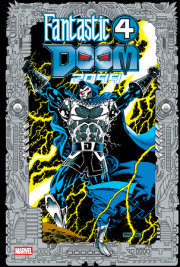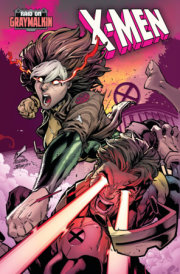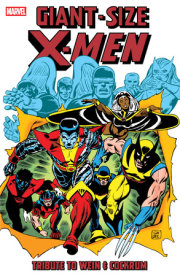Gerry Conway wrote Daredevil, Incredible Hulk, Iron Man and others. He was instrumental in Marvel’s 1970s horror boom with work on Man-Thing, Tomb of Dracula and Werewolf by Night. His years on Amazing Spider-Man yielded such historic highlights as the groundbreaking death of Gwen Stacy and the debut of the Punisher. He also wrote DC’s Batman, Superman, Wonder Woman and Legion of Super-Heroes. For TV, he has written and produced episodes of Diagnosis: Murder, Hercules: The Legendary Journeys, Huntress and Matlock.
Guaranteed immortality for introducing Johnny Blaze, the Ghost Rider, Gary Friedrich also played a pivotal role in Marvel’s 1970s Western and war comics, penning memorable tales of Sgt. Fury and launching the Marine series Captain Savage. In addition, Friedrich wrote issues of Incredible Hulk, Captain America, Captain Marvel, Daredevil, X-Men and more. With Steve Ditko, he co-created Charlton’s Blue Beetle, now a DC character. With Len Brown, he has written a series of books on popular music.
As both writer and artist, Archie Goodwin (d. 1998) got his start in comic strips and cartoons before moving to Warren Publishing’s Vampirella — and from there to Marvel, where he eventually succeeded Gerry Conway as editor in chief. He has been credited with saving Marvel from financial ruin, with Roy Thomas, by securing adaptation rights to the legendary Star Wars franchise, perceiving its potential long before later merchandisers. He also wrote comic-book adaptations of Alien, Blade Runner and other hit films. He created both Marvel’s Graphic Novel line and its Epic Comics imprint — where, as editor, he occasionally appeared in caricature as alien, elf or other. He also edited early English translations of the Akira series and the works of Moebius. At DC Comics, he guided the destinies of Batman and Starman; one of his most memorable bodies of work was his collaboration with Walter Simonson on the “Manhunter” backup feature in Detective Comics, which won five Shazam Awards.
One of the Golden Age’s earliest talents, George Tuska (1916-2009) created characters for Fiction House, Harvey Comics and Fawcett Comics’ Captain Marvel Adventures, among many others. He helped launch one of the most popular post-war genres in Lev Gleason’s Crime Does Not Pay. He eventually provided multi-genre art for Atlas Comics, to which he returned following its transformation into Marvel. Tuska penciled Ghost Rider, Luke Cage: Power Man and Sub-Mariner, as well as a 10-year Iron Man stint. At DC, he illustrated Challengers of the Unknown and Superman, among others. As a comic-strip artist, Tuska drew Buck Rogers, Scorchy Smith and DC’s World’s Greatest Superheroes. His final industry work was cover art for Masquerade, part of Dynamite’s Golden Age character revival, bringing him full circle.
Don Heck (1929-1995) worked for Harvey, Quality, Hillman and other publishers before arriving at Atlas Comics, later Marvel, where he penciled and inked stories for virtually every genre: crime, horror, jungle, romance, war, Western and more. With Stan Lee and others, he launched Iron Man, his supporting cast and his early rogues gallery — including the Black Widow, Hawkeye and the Mandarin. He also succeeded Jack Kirby on Avengers. At DC, his artwork appeared in Justice League of America, Flash, Wonder Woman and other titles.
The unique, shadowy style of Gene Colan (1926-2011) most memorably appeared in long stints on Captain America and Daredevil, and all 70 issues of Tomb of Dracula — among the dozens of other Marvel titles he has drawn. His DC work on Detective Comics and Night Force is equally well remembered. During the Golden Age, he drew multiple war stories for Marvel and DC alike. Colan has earned several Eagle Awards and had professional art showings in New York City. His work on Ed Brubaker’s Captain America at the age of 82 drew well-deserved raves.

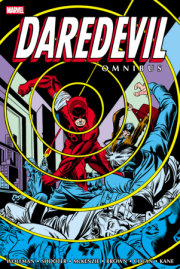
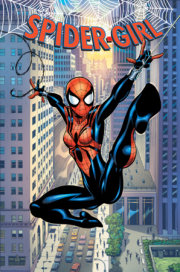

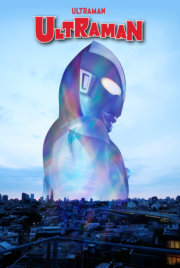
![Amazing Spider-Man Epic Collection: The Goblin's Last Stand [New Printing 2]](https://images.penguinrandomhouse.com/cover/9781302967796?width=180)
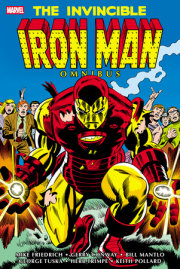
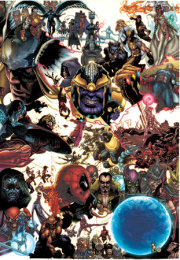
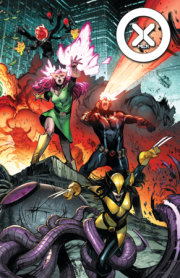
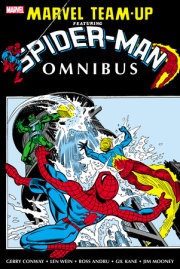

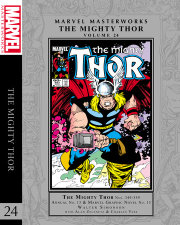
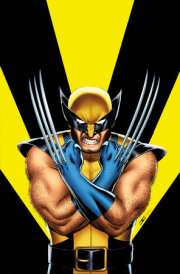

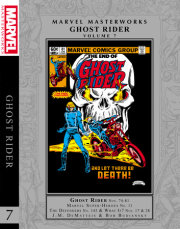
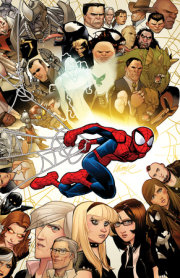
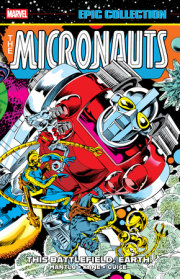
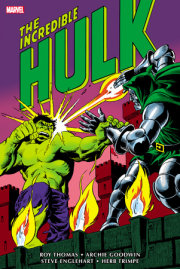

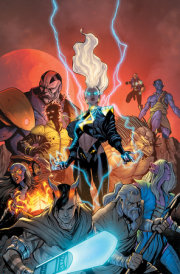
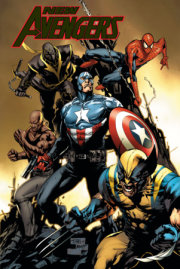

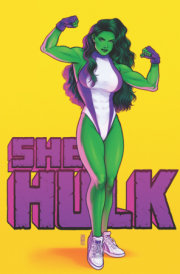


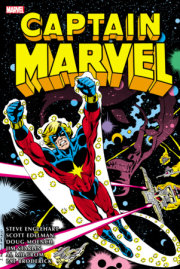
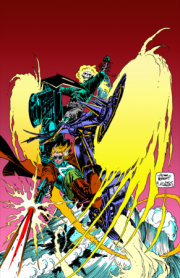
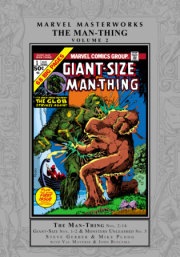

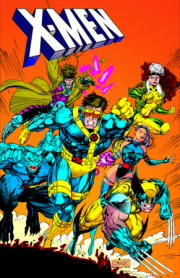
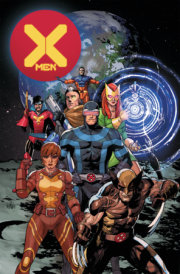
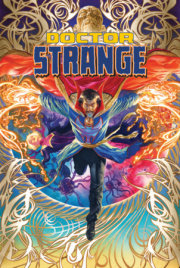
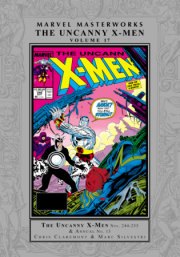
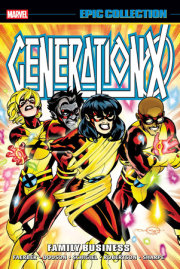
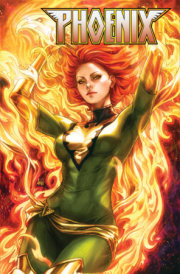
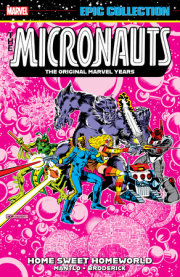
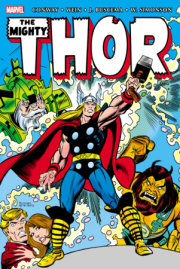
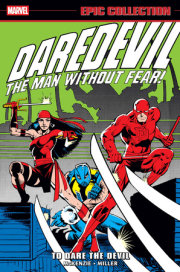
![Iron Man: Demon In A Bottle [New Printing 2]](https://images.penguinrandomhouse.com/cover/9781302961817?width=180)
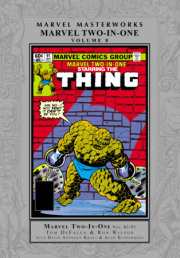
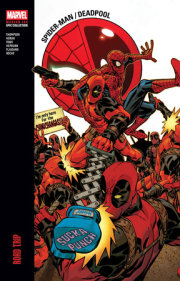
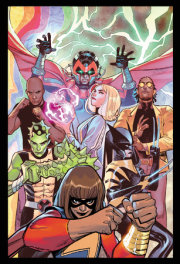

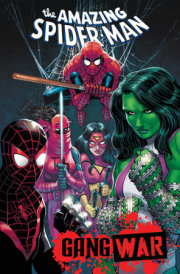
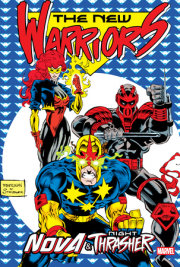
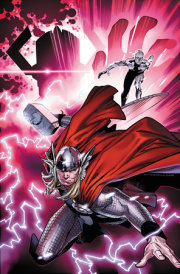

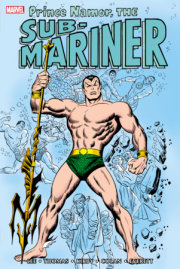
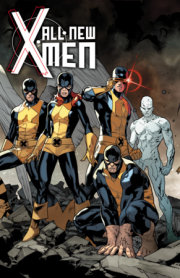
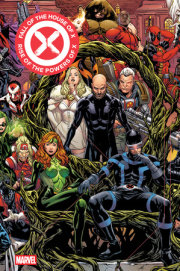
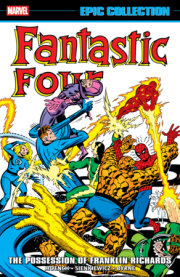
![Original Sin [New Printing]](https://images.penguinrandomhouse.com/cover/9781302966249?width=180)
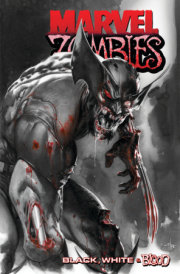
![X-Factor By Peter David Omnibus Vol. 1 Larry Stroman Cover [New Printing]](https://images.penguinrandomhouse.com/cover/9781302963705?width=180)
![Avengers West Coast Epic Collection: Vision Quest [New Printing]](https://images.penguinrandomhouse.com/cover/9781302963910?width=180)
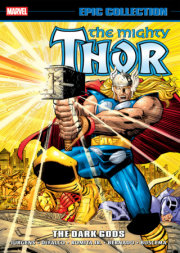
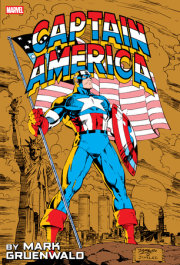
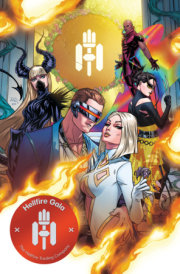
![Wolverine Goes To Hell Omnibus Jae Lee Cover [New Printing]](https://images.penguinrandomhouse.com/cover/9781302961381?width=180)
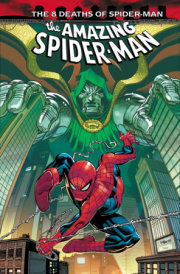
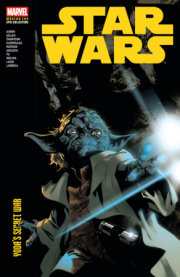
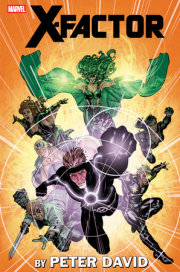
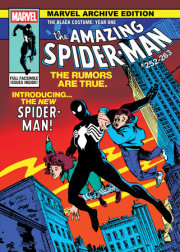


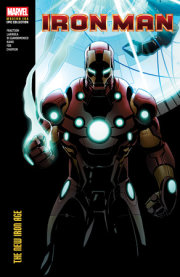

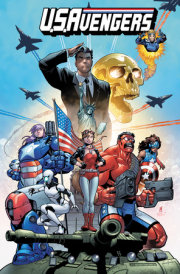
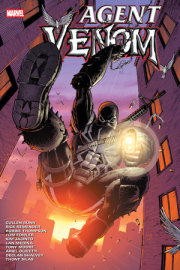

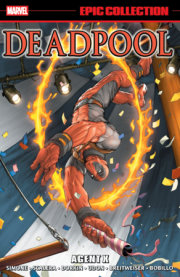

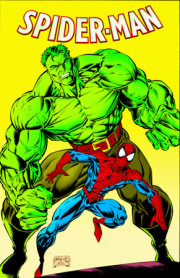
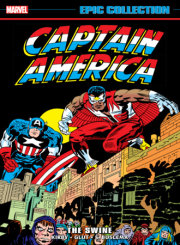
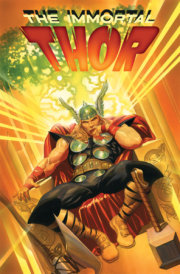
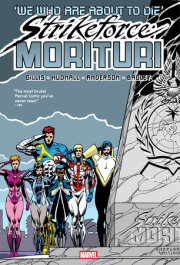
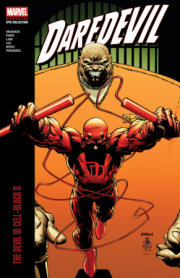
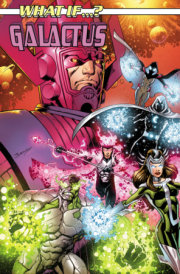

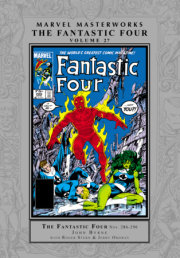


![Marvel Masterworks: The Silver Surfer Vol. 1 [Remasterworks]](https://images.penguinrandomhouse.com/cover/9781302956042?width=180)

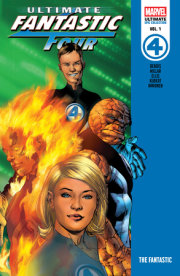
![X-Men: Age Of Apocalypse Vol. 2 - Reign [New Printing]](https://images.penguinrandomhouse.com/cover/9781302963958?width=180)
